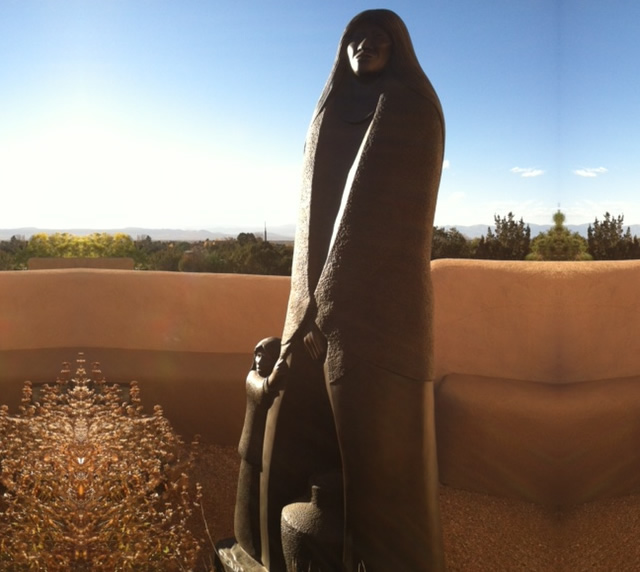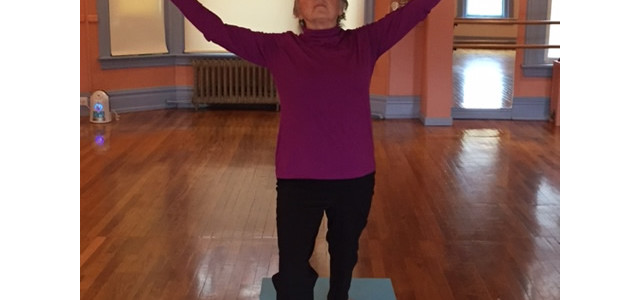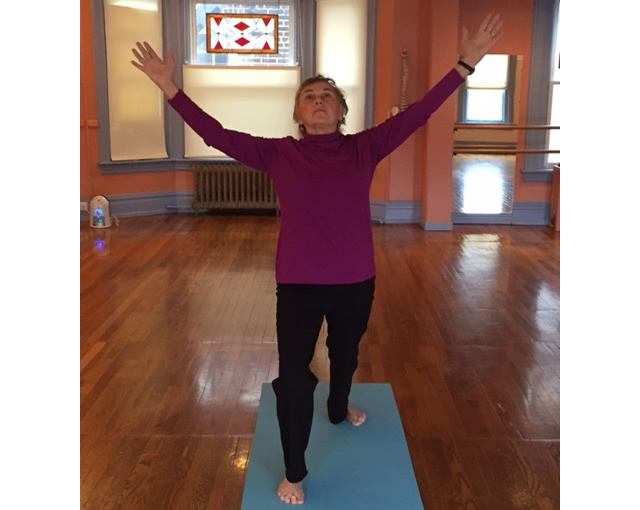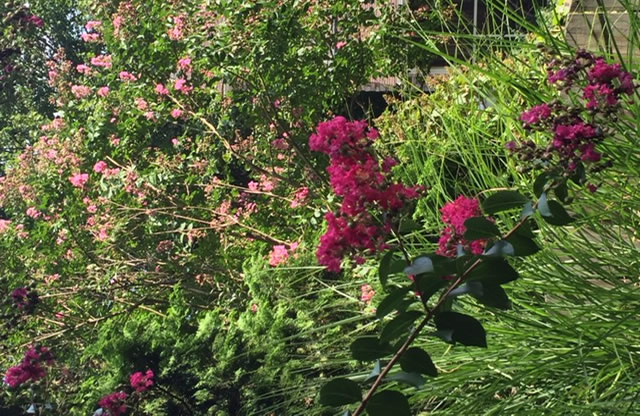
It may be 90 degrees, but hints of fall are everywhere. In my backyard the rose of sharon’s flowers have all browned and curled while her leaves are yellowing. Some bright pink blossoms still grace the crepe myrtle, but they are more like highlights among the fading, drying flowers. And, this morning as I looked out the window, I noticed leaves, newly surrendered to the breeze, riding air currents to the ground.
While the calendar tells us the fall equinox is still two weeks away, autumn has already announced herself.
In our Wise Women class we talk about the shifts we notice in how our bodies feel, our minds function, and even how our emotions fluctuate. It is part of cultivating awareness so we notice changes within us that may require attention to avoid discomfort or illness in the future. We know choices we make in our lives or lifestyle may cause us problems. If we eat or drink too much too often, we may feel dull or depleted and gain excess weight. If we have several nights with only four or five hours sleep, we may feel tired and out of sorts. In addition to noticing the effects of our nutritional and lifestyle choices, we must also be attentive to the weather and the seasons and the roles they may play in how we feel.
Ayurveda, the ancient Indian science of life, tells us that each person has a “birth constitution,” which consists of a unique arrangement of three different doshas or energies. The vata dosha controls body movement and is concerned with the nervous system. The kapha dosha controls body stability and lubrication and is concerned with the tissues and wastes of the body. Pitta dosha involves digestion and concerns the body’s endocrine and enzymatic systems. Our particular arrangement of these energies affects how we respond to life and seasonal changes.
Each season also has a dominant dosha, with its own characteristics. Autumn’s dosha is vata. As vata is about the energy of movement, fall is characterized by the movement of air, wind, which has the effect of drying things. Wind, too, stirs things up. Think about the reds, yellows, oranges of autumn leaves, that eventually dry and brown and roil and rustle in an October wind.
We are affected by autumn’s energies and may even experience imbalances in our own systems. When vata is out of balance within us, we may experience creaky joints, constipation, dry eyes, hair, and nails, difficulty sleeping, nervousness, forgetfulness, and mental distractedness. If we are in a vata stage of life, mid-50s and up, we are even more vulnerable to such an imbalance, particularly in autumn.
If you find yourself feeling out of sorts with some of the symptoms of autumn’s vata dosha, you can explore some of suggestions that follow.
- Allow your approach to yoga practice to be attentive and meditative. Keep your focus on cultivating a feeling of groundedness, staying one or two breaths in your postures.
- Choose activities that support a calm mind and heart.
- Include soups and stews in your diet, using vegetables and fruits from our local bountiful harvests.
- Hydrate your body by drinking water throughout the day.
- Add good oils to your diet, olive and sunflower, as the weather cools, and in winter some sesame or fish oil.
- Oil your skin before you take a warm shower, using sunflower oil or sunflower mixed with sesame.
Much information exists on the subject of the ayurvedic constitution, and you also can work with an ayurvedic practitioner to learn about your birth constitution. But we all can begin by paying attention to how we are affected by the seasons and our lifestyle choices and adopt strategies to maintain a sense of comfort, stability, and balance.



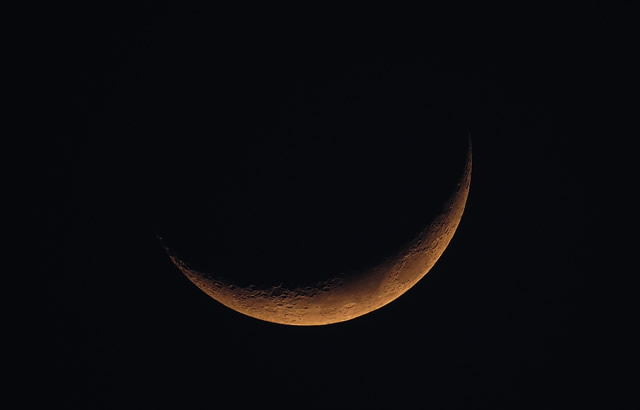
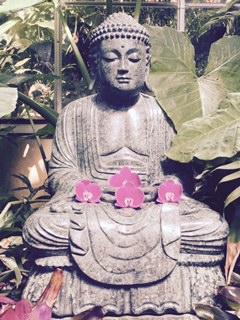 With the bluster of loud voices swirling in the public space and spewing divisiveness, bigotry, and violence, it is no wonder anyone of us might be feeling anxiety, or even a sense of powerlessness. The news has a certain seductive quality, and our minds react with a desire to know “what is happening,” “who is saying what,” and “how ordinary people are responding.” The irony is that as we are drawn into feeding this desire to know, we are feeding our anxiety and our sense that things are out of control. I know. I have been there.
With the bluster of loud voices swirling in the public space and spewing divisiveness, bigotry, and violence, it is no wonder anyone of us might be feeling anxiety, or even a sense of powerlessness. The news has a certain seductive quality, and our minds react with a desire to know “what is happening,” “who is saying what,” and “how ordinary people are responding.” The irony is that as we are drawn into feeding this desire to know, we are feeding our anxiety and our sense that things are out of control. I know. I have been there.